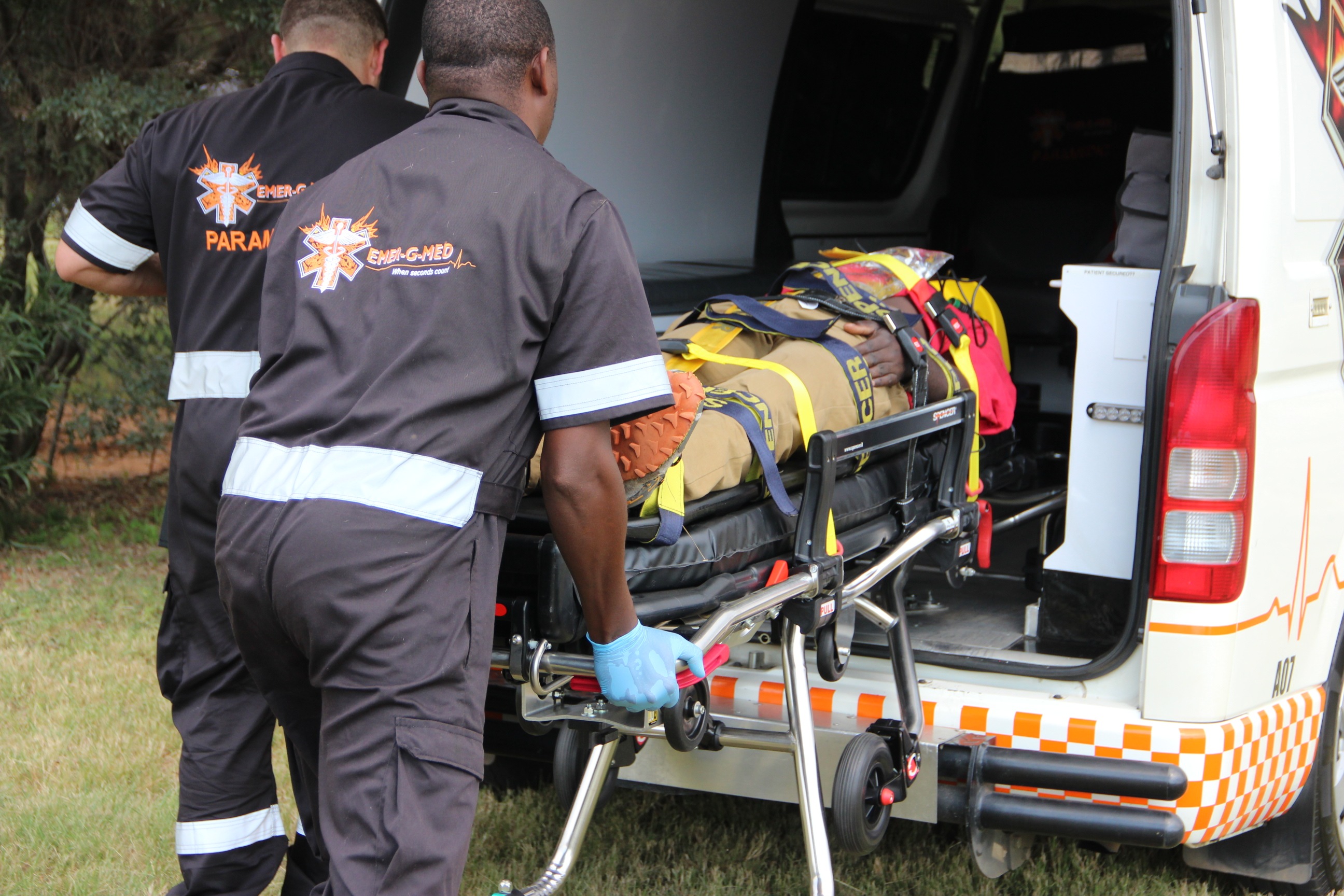
Bleeding in trauma patients: tranexamic acid (TXA) has minimal effect in stopping bleeding
Tranexamic acid (TXA) drug has minimal effect in stopping excessive bleeding in trauma patients, according to a study conducted by Washington University School of Medicine in St. Louis
Tranexamic acid (TXA) also increases the risk of potentially harmful blood clots
At many hospitals across the U.S., the drug tranexamic acid is routinely given to critically injured patients experiencing severe blood loss. Also called TXA, the drug is already approved to minimize blood loss in people suffering from hemophilia or heavy menstrual periods, but not yet approved to stop bleeding in patients with traumatic injuries.
A recent study from Washington University School of Medicine in St. Louis suggests that the drug may have only minimal effects on blood clotting when it is given within two hours of a massive injury.
Tranexamic acid (TXA) and bleeding study: the findings were published recently in Frontiers in Immunology
“These results show that TXA has a minimal impact in controlling blood loss in severely injured trauma patients at the dosages given,” said senior author Grant V. Bochicchio, MD, chief of acute and critical care surgery and the Harry Edison Professor of Surgery.
“We clearly need to understand more about why the drug didn’t improve blood clotting in these patients.”
The trial – officially known as the TAMPITI (Tranexamic Acid Mechanisms and Pharmacokinetics In Traumatic Injury) Trial – was conducted at Barnes-Jewish Hospital, where Bochicchio treats patients.
The study involved 149 patients ages 18 and older with life-threatening injuries from car accidents and gun shots, for example, who were treated in the hospital’s emergency department from March 2016 to September 2017.
TXA must be given within two hours of a patient’s injury
Because critically ill patients may be too severely injured to give consent, the researchers received approval from the Food and Drug Administration, the sponsor of the trial, the U.S. Department of Defense, and Washington University’s Institutional Review Board (IRB) to enroll patients with life-threatening injuries if the patients themselves or legally authorized family members were unable to give consent.
The approval was granted under an exception from informed consent for emergency research.
The patients enrolled in the study required at least one unit of blood or immediate transfer to an operating room.
They were randomly assigned to receive one of the following three treatments, given intravenously (IV): Sterile saline (standard treatment), a two-gram dose of TXA, or a four-gram dose of TXA. Fifty patients received the sterile saline; another 50 patients received the four-gram dose of TXA; and, after one patient was declared ineligible, another 49 got the two-gram dose of TXA. Patients were monitored until discharge from the hospital or for 28 days, whichever came first, and had blood drawn at different time points within 72 hours after the drug had been given.
“The blood samples were analyzed for several different types of cells that impact the immune response,” explained Bochicchio, who also has a master’s in public health.
“There were no differences in clinical outcomes among the three study groups in terms of mortality, cell function or the number of blood products needed after the TXA was given.”
“We were surprised by the minimal impact early intravenous TXA had on the immune and blood-clotting systems in patients with severe traumatic bleeding, but we plan to continue our research on TXA in hopes of unlocking some potential benefits,” said first author, Philip C. Spinella, MD, a former director of the Pediatric Critical Care Translational Research Program and professor of pediatrics at Washington University, who is now at the University of Pittsburgh.
In their analysis, the researchers also found that patients who received the higher doses of TXA faced an increased risk of developing potentially harmful blood clots.
The risk of blood clots was 26.5% for patients who received the 2-gram dose of TXA and 32% for patients who received the 4-gram dose of TXA, compared with 12% for patients who did not receive the drug.
A further analysis of the data (not yet published), indicates that the increased risk of blood clots in those patients who received TXA was statistically significant, compared with those who didn’t receive the drug.
“This higher incidence of potentially harmful clots needs to be further studied,” Bochicchio said.
“As clinicians, we will need to determine whether any potential benefit outweighs the potential risk when prescribing this medication.”
The U.S. Army Institute of Surgical Research in San Antonio, Tex., and Duke University School of Medicine in Durham, N.C., also participated in the research.
Read Also:
Tourniquet: Stop Bleeding After A Gunshot Wound
Interview With AURIEX – Tactical Medical Evacuation, Training And Mass Bleeding Control
Tourniquet Or No Tourniquet? Two Expert Orthopaedics Speak On The Total Knee Replacement
Tactical Field Care: How Should Paramedics Be Protected To Face A War Field?
Tourniquet And Intraosseous Access: Massive Bleeding Management


